The Circle of Art: Wassily Kandinsky
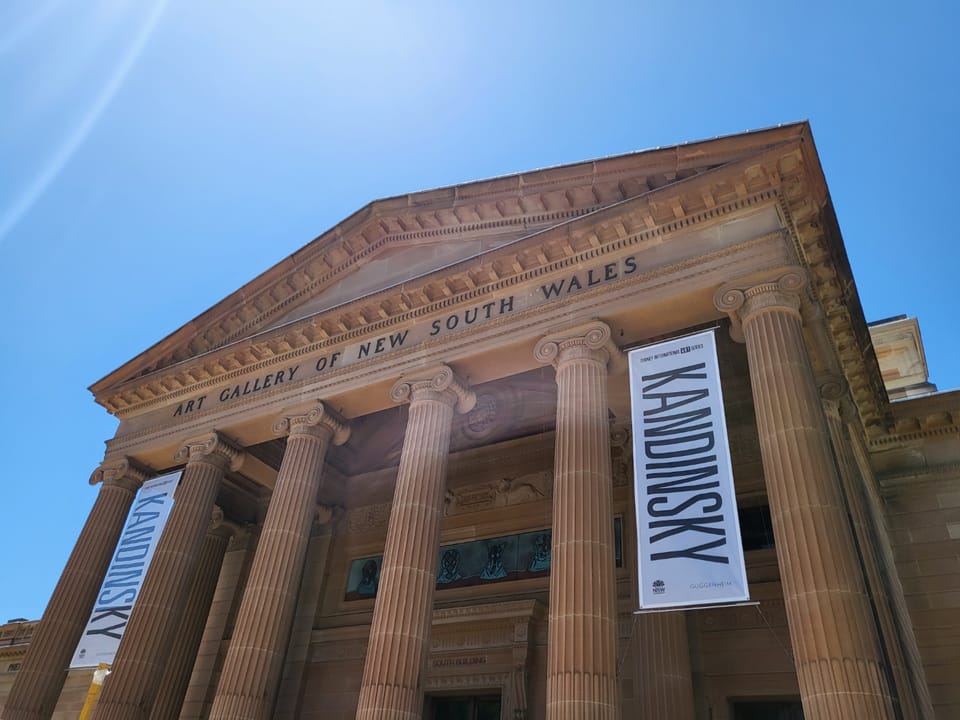
Note: Special thanks to the best art gallery tour guide, Fran, for inculcating me a whole new world of Kandinsky for me!
Love-stricken shapes appearing on usual blank eyes is a common sight in exhibitions, compared with other spaces. Paved by regular refreshments of walls and post, art periods will be screaming in the walls, as following paintings will captivate the viewer while satisfying the criteria. One particular art period has filled the vaults of the galleries: Cubism. Though Cubism was created by Picasso, another enhanced Cubism, introduced others to the world of art, and even influenced the architecture of the Guggenheim Museum, one of the many gifts of Wassily Kandinsky.
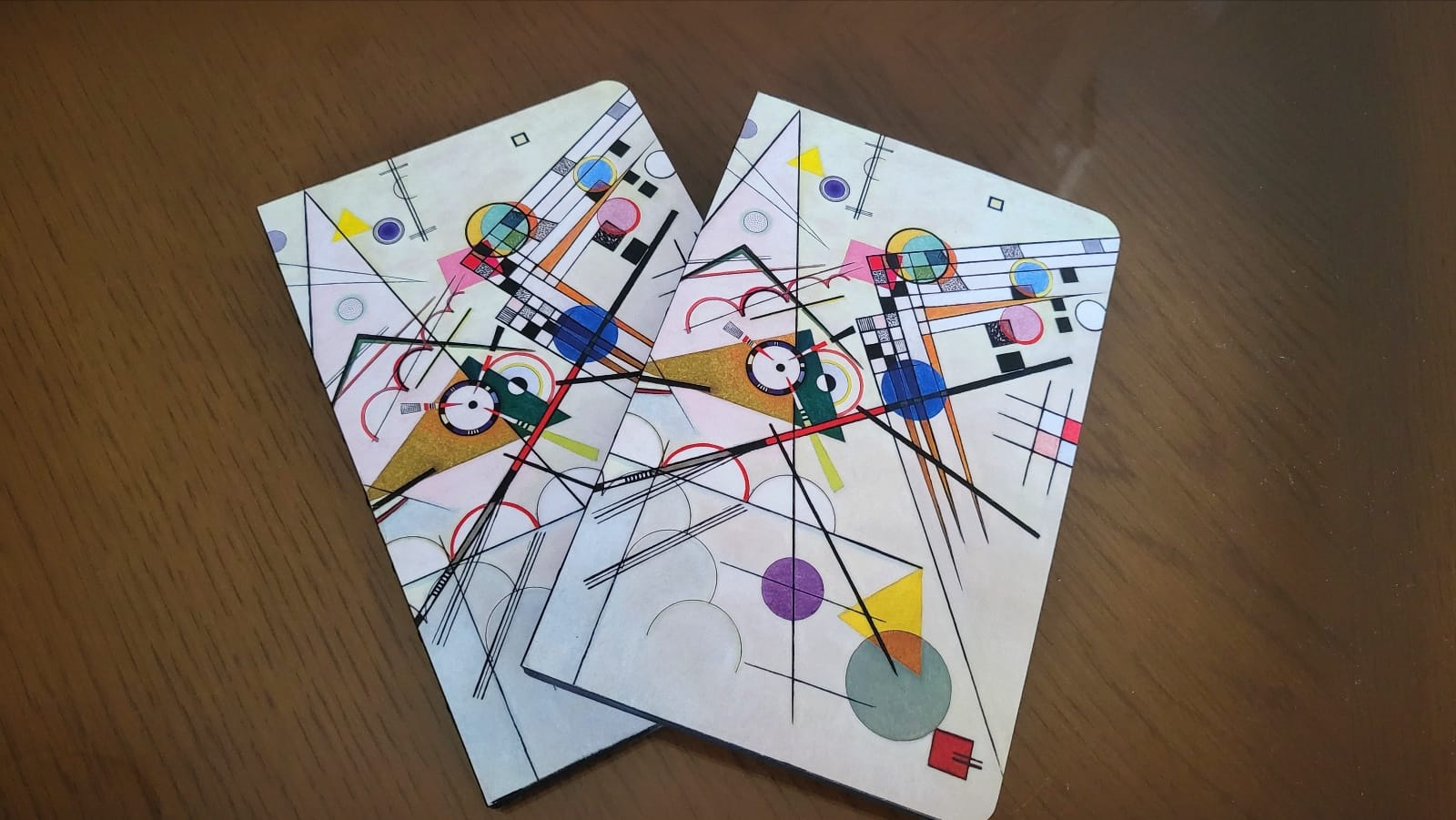
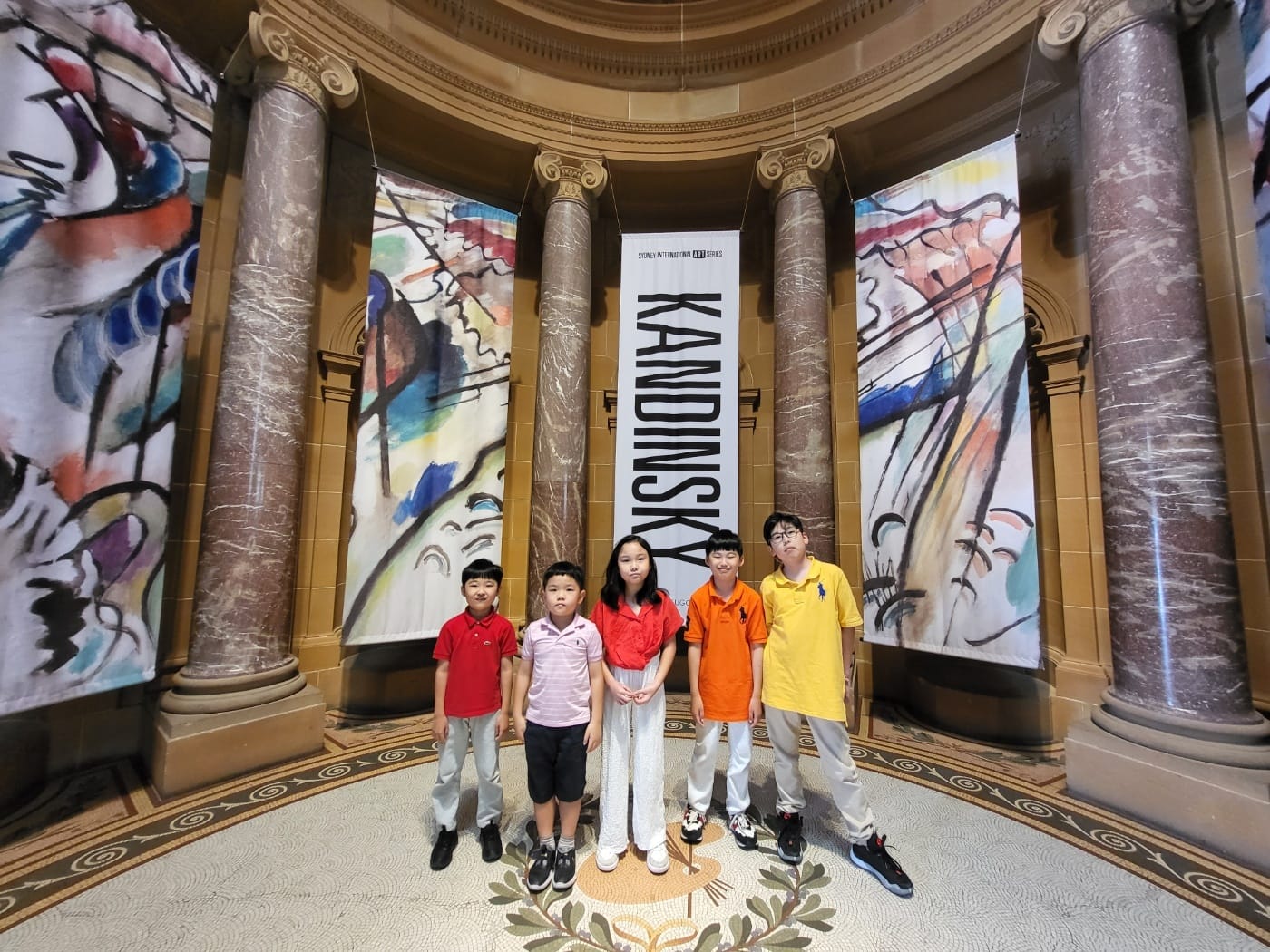
Kandinsky was diagnosed with synesthesia causing one to experience more than one sense simultaneously. Instances are tasting oranges when lava is mentioned or linking colours to figures or letters. Though this condition is exhausting, Kandinsky drew his synesthesia to its full height. This enabled him to work abstractly. Kandinsky studied law and economics until he saw Monet's Haystacks in an exhibition (as Kandinsky scratched his head from the manner the haystack was stacked), which triggered his original spot for art, leading to creating Impressionism paintings by harassing the rough paper with knives. He lived an itinerant life, from Russia to Germany to France. Above all, Kandinsky loved Münich for its artistic community. Kandinsky is known for his Cubist works, but before the inception of Cubism, Kandinsky was an Impressionist, The Blue Mountain being a victim of the paintbrush.
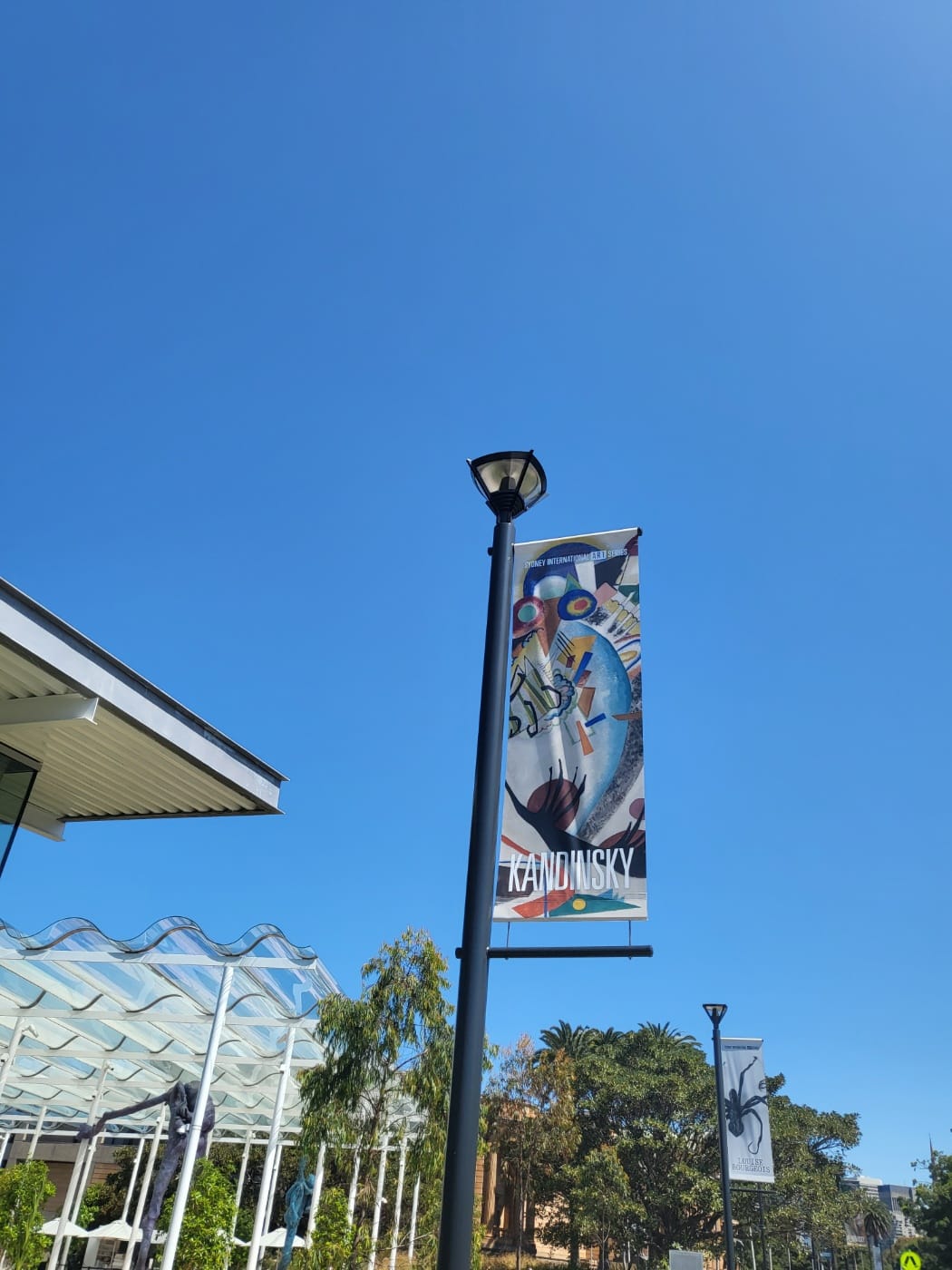
The Blue Mountain features a mountain with several figures mounted on horses. These couples have a further meaning. The Blue Mountain features a mountain of blue, the symbol for a mountain of spirituality. Nevertheless, it is the horse and rider that captures the portrait. The motif stands for an artistic battle against the conventional and traditional limits of artistic expression. Likewise, it captures the journey from the real world into an imagined order. The four horsemen of an apocalypse are also realised. In this work, Kandinsky's colour palette moved away from the natural world. He presented a bright blue mountain, accompanied by a red or yellow tree on either side. Entrancing, but a key hallmark of Kandinsky is missing: Cubism and the circles of life.

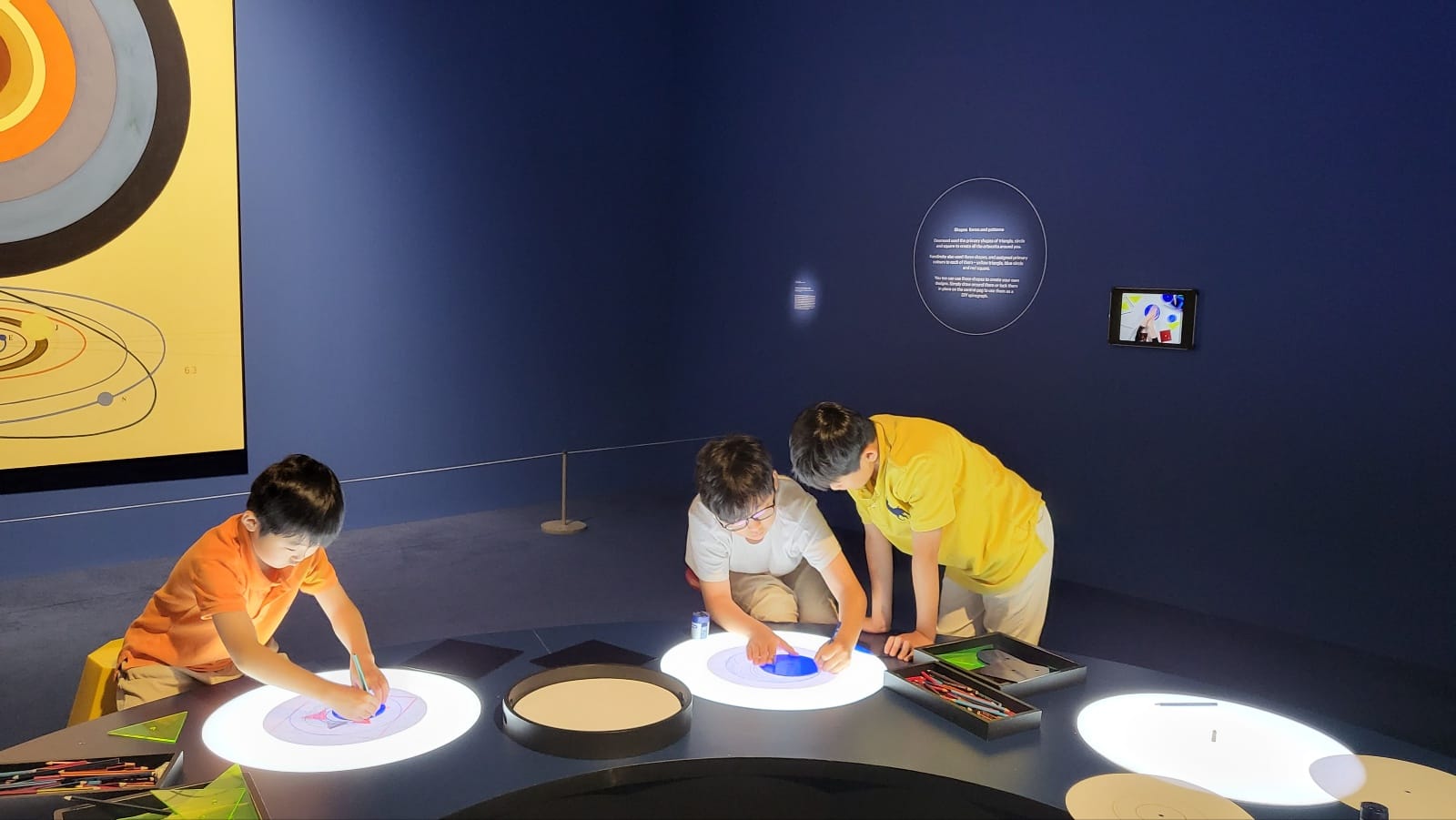
Kandinsky’s vibrant cities of genial shapes appeared throughout his lifetime. Composition 8 epitomises Cubism. The one-of-ten composition conveys the message of music, as musical bars are impersonated by lines and squares. Kandinsky was an aficionado of music, as he concocted symphonies and paintings. He painted Composition 8 while being influenced by Richard Wagner and Schoenberg. The diverse colour of Composition 8 also reminded him of certain instruments, such as yellow for the golden trumpet. The circle also plays a requisite god in a number of his paintings. The circle has multiple definitions. To Kandinsky, it described a golden, circular angel with wings. The circle also goes without beginning nor end. The artist's mentality is portrayed alongside, creating a sense of calm and chaos. Composition 8 is the most pre-eminent Kandinsky painting, as it has influenced many souls, among them being the legendary Solomon Guggenheim.
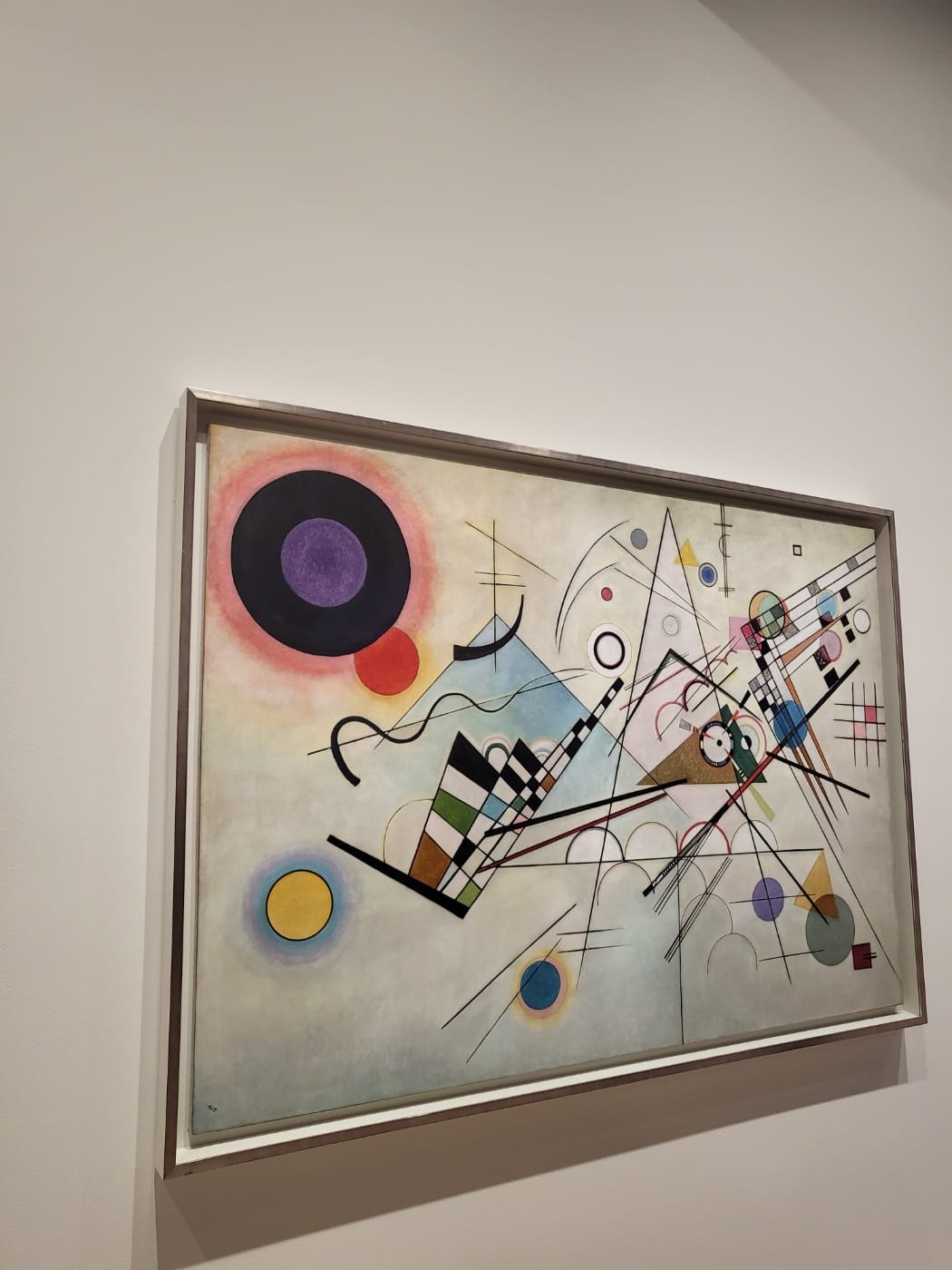
Solomon Guggenheim enjoyed natural wealth in the mining industry, though art collecting became a habit of Guggenheim when Guggenheim met Kandinsky. He travelled to Kandinsky's studio where Guggenheim was head over heels with Composition 8, resulting in the first artwork in the possession of Solomon Guggenheim. After Composition 8 was purchased by Guggenheim, over 150 Kandinsky artworks were secured in his apartment. This collection of artworks was the forerunner to the most unique museum in the universe: the Guggenheim Museum.
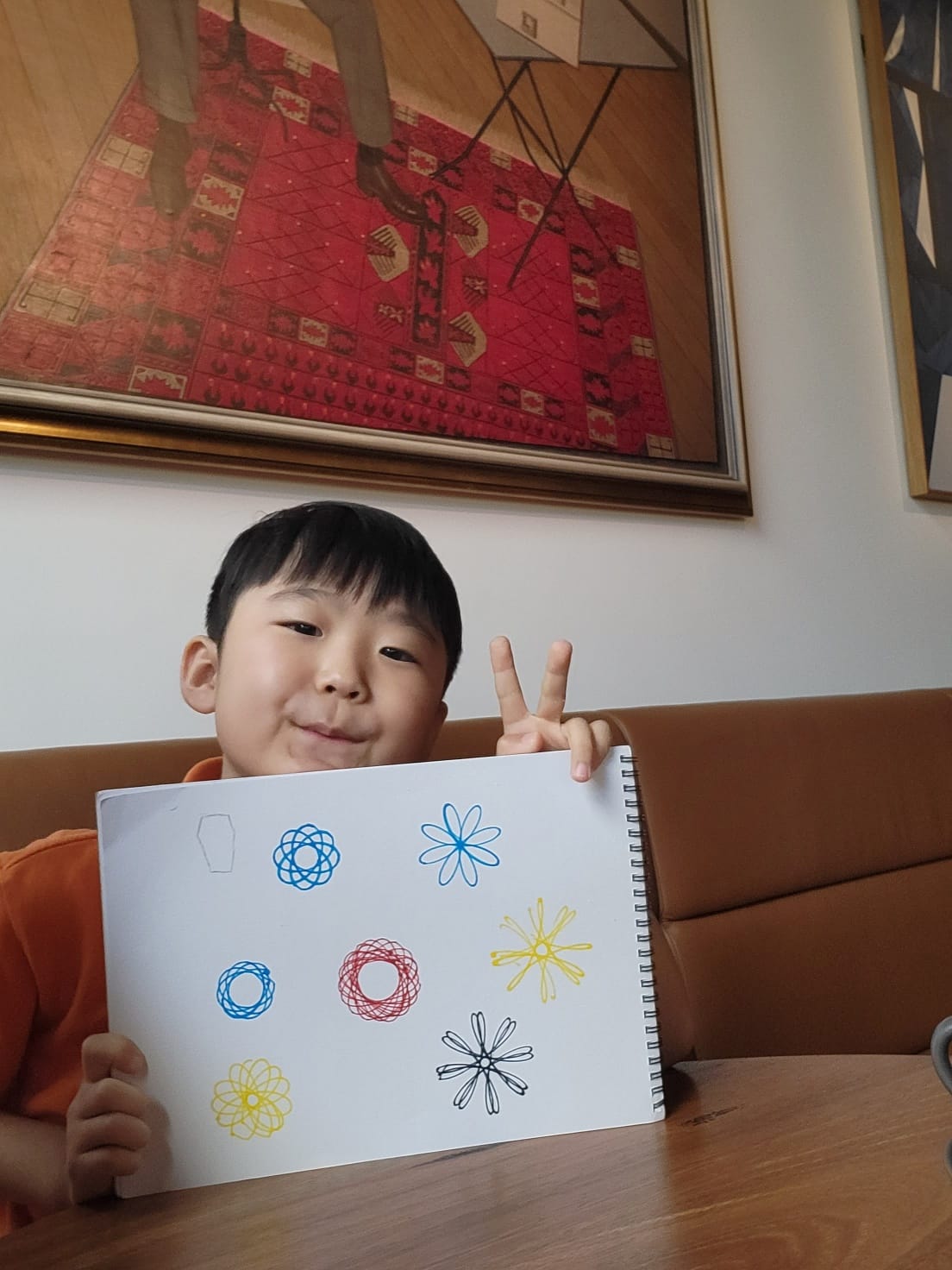



After Guggenheim was locked onto art, he wished to display the paintings to the public: a museum was to be built. When the blueprints were proposed by Frank Lloyd Wright, Guggenheim stated that the design remained unchanged on his will, ignoring the jeers of other curators. The museum was shaped as if multiple large circles were stacked, drawing inspiration from Kandinsky. The construction took a decade, though Guggenheim was unable to see the final result. Inside the museum resides curved walls which the Art Gallery of NSW adopts for its Kandinsky exhibition. Currently, the Guggenheim Museum consists of more than 8000 paintings, a tribute to Guggenheim's pure heart for art.
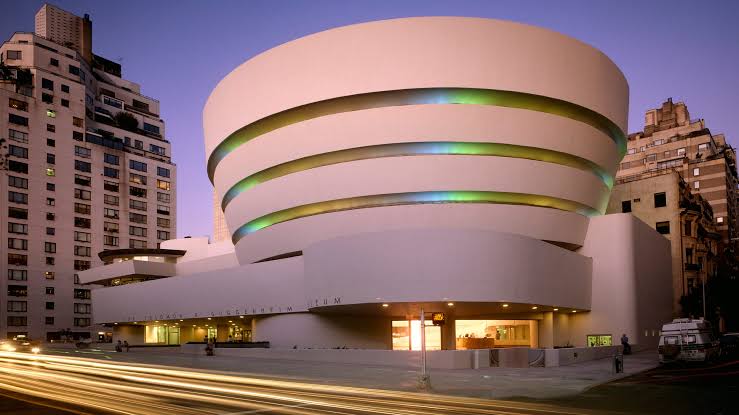
Wassily Kandinsky was the face of early twentieth century Cubism art, influencing many and architecture meanwhile. Kandinsky’s ideals were simple: abstract art expresses the highest and utopian wishes of the society. He left a prolific collection of abstract art, a legacy no artist may yet claim. Kandinsky achieved with painting what no other can achieve: a pure translation in abstract elements capable of expressing and permanently changing the human spirit.

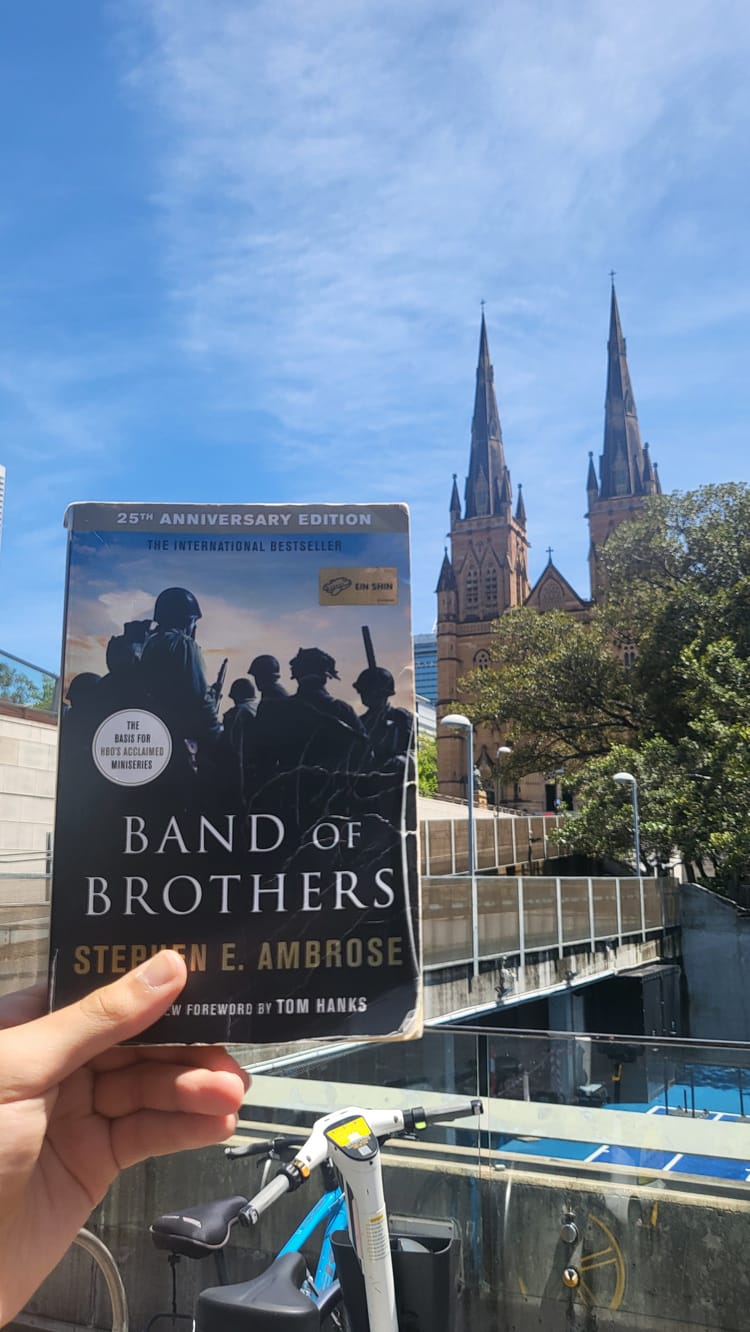

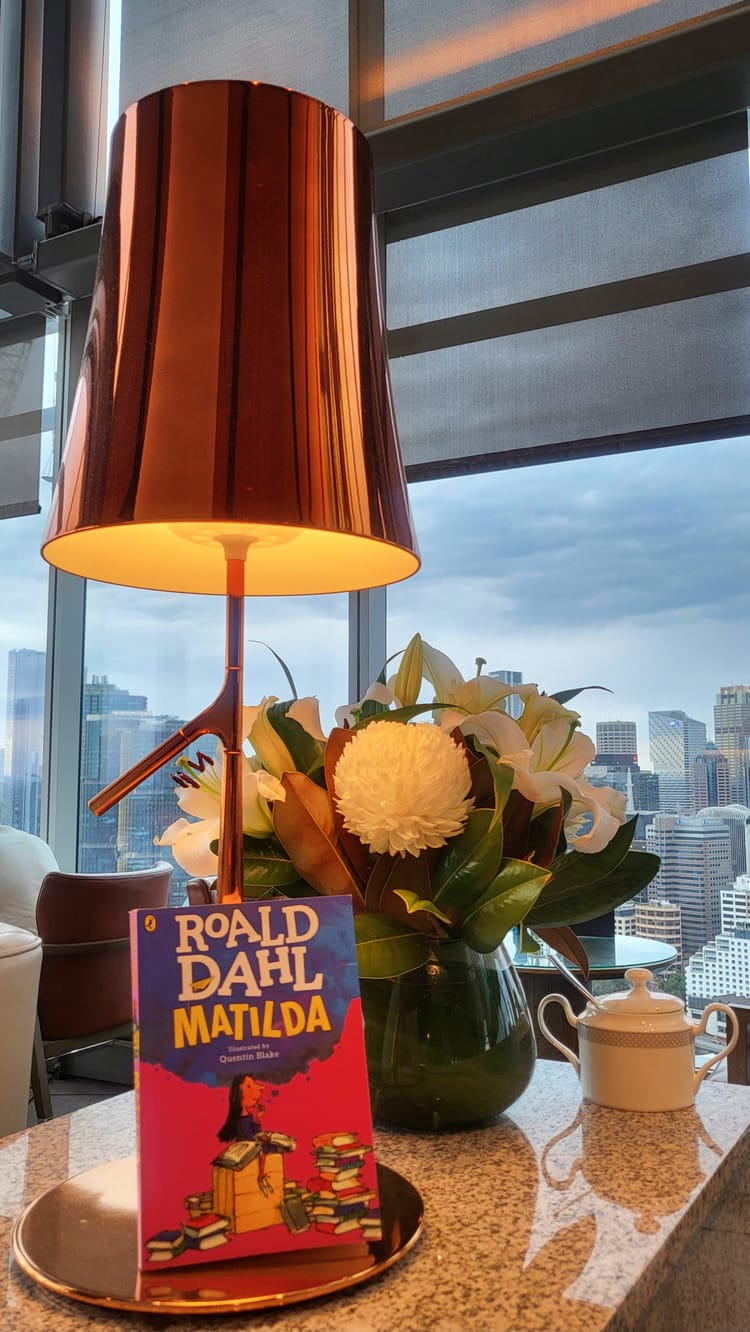
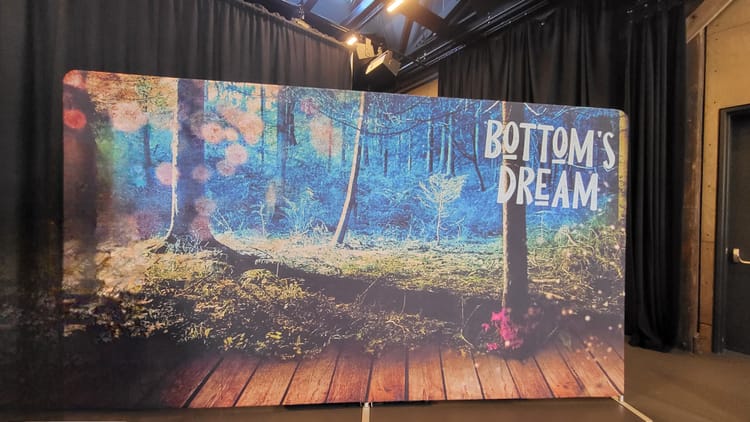
Member discussion